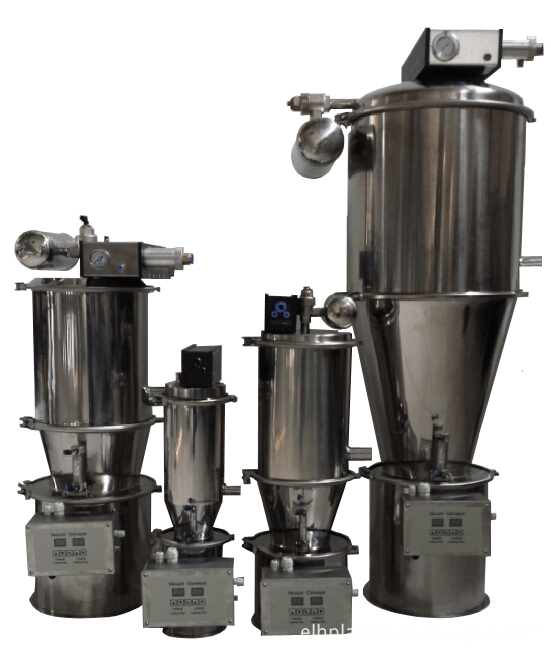Car door presets practice
Ratchet-type door lock is characterized in that the lock has a set of wedge mechanism composed of a lock hook ratchet and a ratchet. When designing the linkage mechanism of the door lock device, the size of each rod is determined, the displacement thereof is checked, the displacement of each control handle is ensured within a suitable range, and at the same time, interference of each rod member during the operation is avoided.
Ratchet lock hook Ratchet door handle Handle lock knob Lock core door Handle drawing Ratchet door lock structure Bose Lifter Glass lifter design requirements When designing a glass lifter, it requires smooth lifting, reliable operation, no impact and blocking Phenomenon, no noise, noiseless operation, light and labor-saving brake mechanism to prevent the reversal of the lifter when hand pressure glass. Types of glass lifters There are many types of glass lifters, of which the most used are glass lifters for arm drives.
The typical components and action principle of the arm lifter are as follows: The brake mechanism that prevents the reversal of the glass lifter is used. This type of mechanism usually adopts the spring-folding friction principle. Generally consists of brake drums, brake springs, transmission shafts and linkage plates. Balance mechanism. The main component is a flat spiral torsion spring.
When the handle is shaken to lower the glass, the spring is tightened to store the potential energy of the glass drop. When the handle is shaken again to lift the glass, the spring releases energy, from the top of the balance glass to the top dead center, the corner glass, the moment of gravity, the spring characteristics, and the vibration characteristics of the glass. The transmission mechanism includes a pinion gear, a sector gear, and a transmission arm.
In order to avoid the interference of the door with the rest of the body when the door is opened, the axis of the hinge should be moved as far as possible towards the outer surface of the body. However, once the body contour curve is determined, the outward shift of the hinge axis will be limited by the requirement to increase the spacing of the upper and lower hinges. In a typical car, the distance between the upper end of the upper hinge and the lower end of the lower hinge is approximately one and most of them are kept at right and left. Due to the shape of the body, sometimes the tilting of the axis of the hinge will facilitate the layout of the view and the tendency of the door to close automatically.
After determining the position of the axis of the hinge, a motion check must be performed to check whether there is interference with other parts of the car body such as the column door or the fender when the door is at the maximum opening degree, and how many actual gaps are shown in the inspection chart. Verify that the position and shape of the door opening line are designed to be reasonable. The position of the lifter in the direction of the door thickness shall be determined on the lateral layout of the door.
At this time, based on the glass center line, the distance from the mounting plane to the centerline of the glass can be determined according to the size of the floor mounting plane on the elevator assembly diagram to the roller or the chute. The distance is guaranteed by the platform punched out of the inner door panel. The slope or shape of the centerline of the glass is mainly determined by the shape, which affects the thickness of the door and the width of the compartment.
In conveying sub-category, mechanical screw loader and various pneumatic loaders are included.
Pneumatic loaders are divided two types: loaders for powder and loaders for granule material. Pneumatic vacuum powder loader EPPL series with capacity 50-5200Kg/hr is ideal equipment for various powder materials in plastics and chemistry industries. Vacuum granule loaders ELH series have separate design and self-contained design with capacity 300-900Kg/hr. Besides, infrared hopper receiver EVH series and vacuum generator for central conveying system ECC series are also included here.

Pneumatic Vacuum Conveyor,Electric Vacuum Conveyors,Pneumatic Vacuum Conveying Equipment,Electric Vacuum Conveying Equipment,Vacuum Conveyors,Pneumatic Conveying
ELH Machinery Co., Ltd , http://www.elh-machinery.com